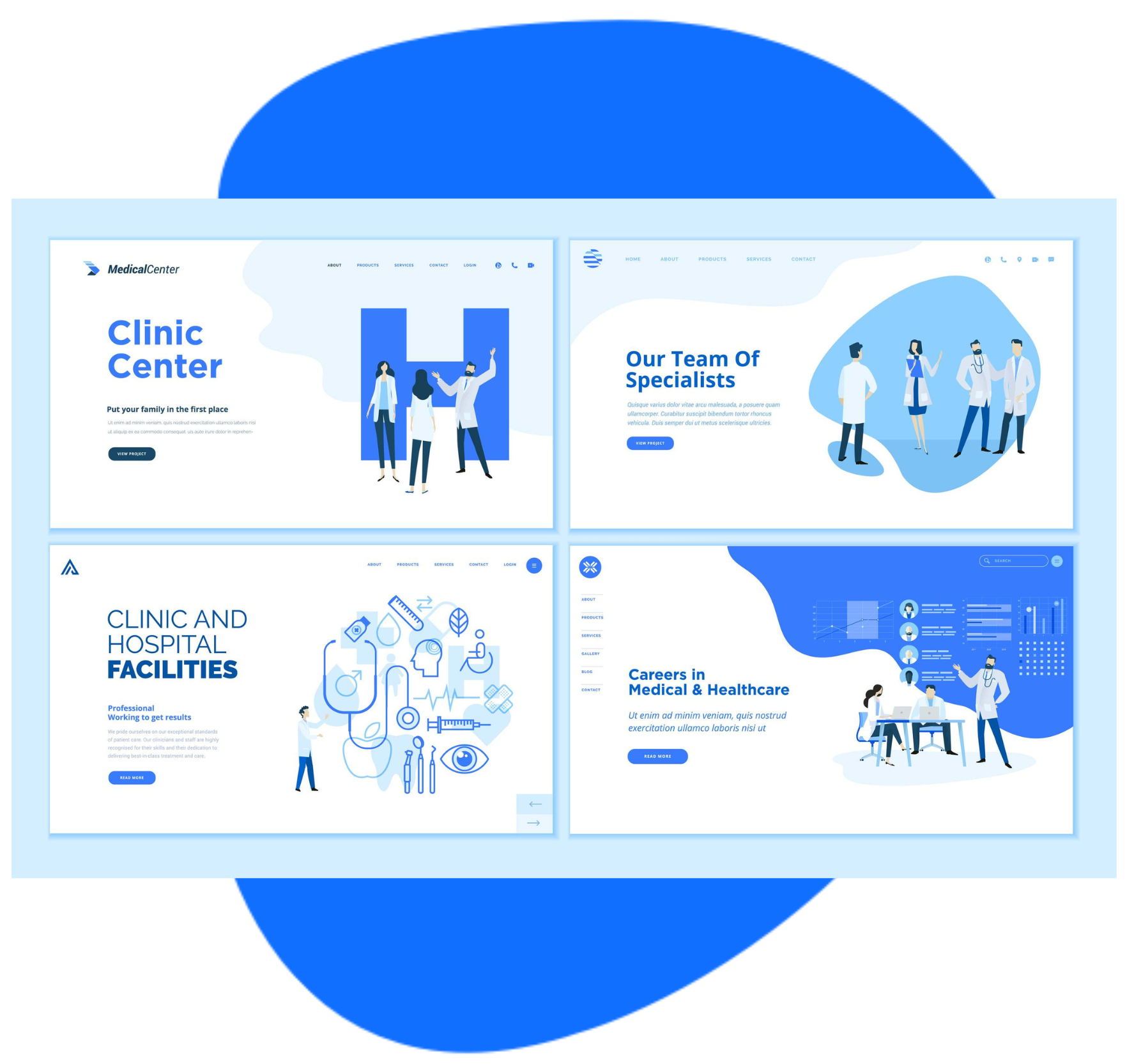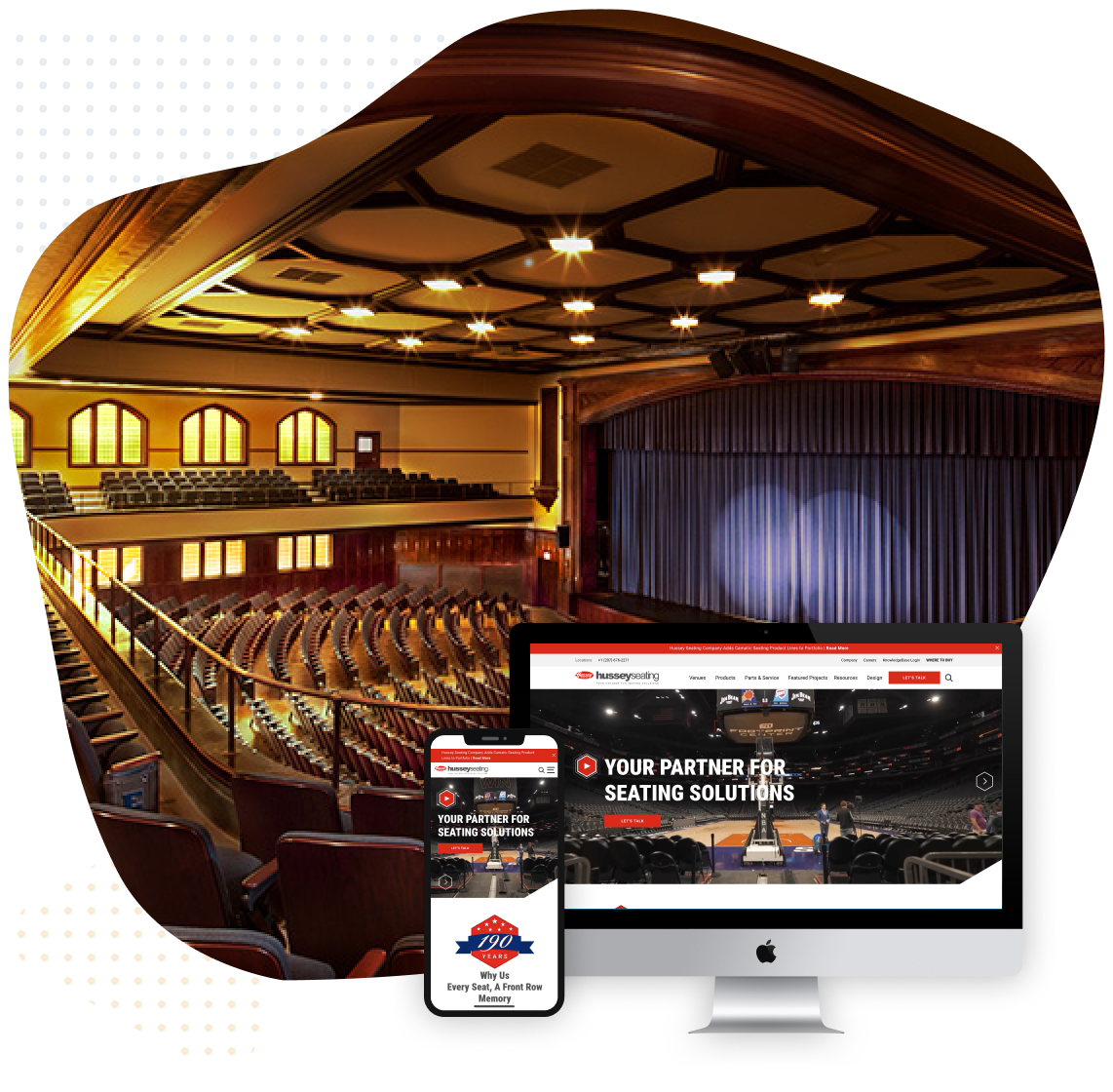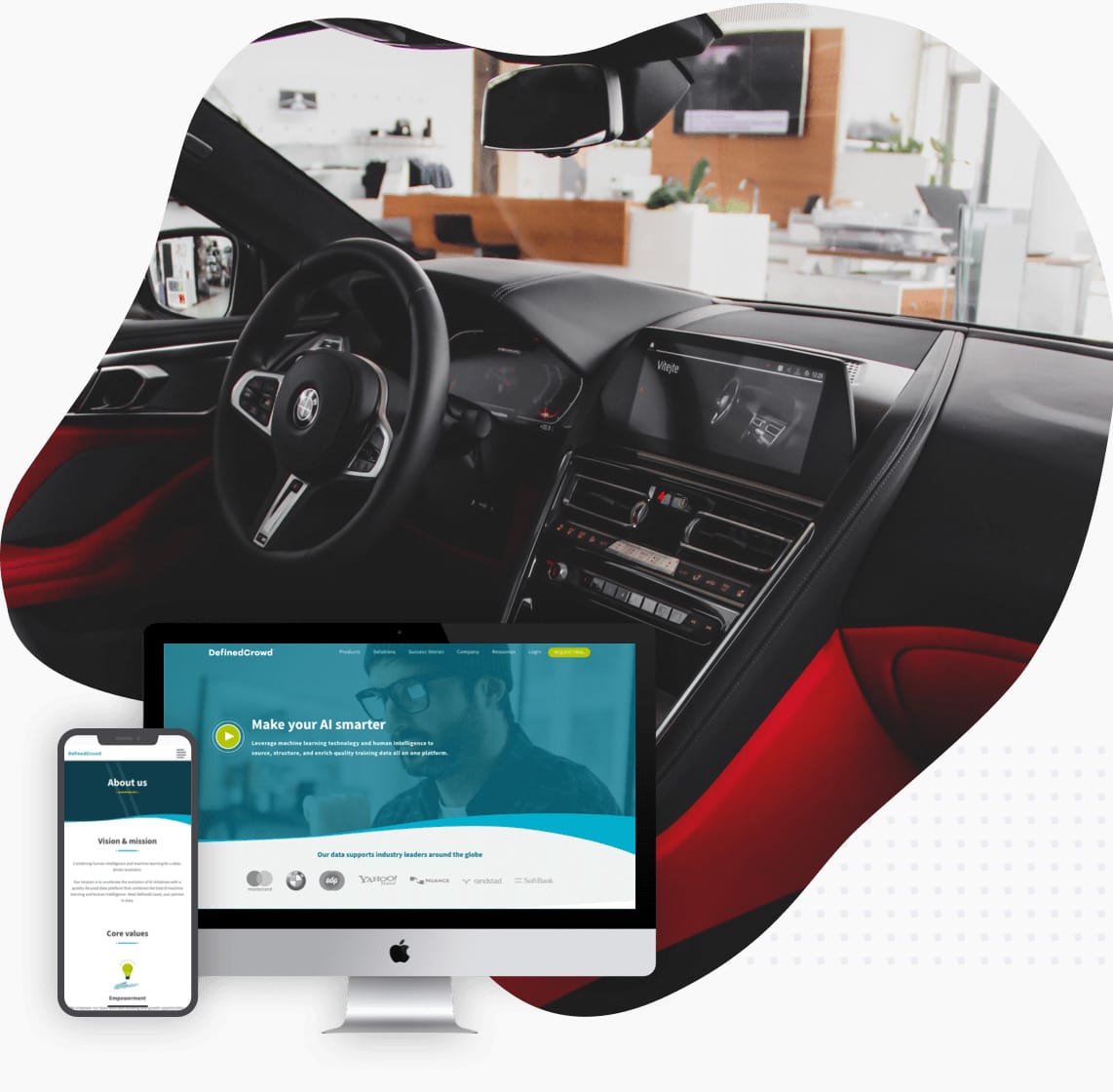In an increasingly digital world, more people than ever are searching online for health-related information. According to the Pew Internet & American Life Project, 61% of Americans use the internet for this purpose, which makes trust a vital element in any patient’s online journey.
Research across 49 academic papers highlights the importance of honesty, integrity, and well-intended content in establishing trust.
Yet trust in healthcare websites is shaped by more than just factual information, it also relies on design quality, usability, and how content is presented
Below is a detailed look at why trust is so important in healthcare websites, the factors that influence it, and the design trends currently enhancing patient confidence and satisfaction.
The Importance of Trust in Healthcare Websites
Trust underpins every aspect of healthcare. When patients are confident in their providers and the resources they offer, they’re far more likely to adhere to treatment plans, communicate openly about concerns, and report higher levels of satisfaction.
As internet searches for health advice continue to grow (even internationally), patients need online platforms they can rely on. Trust goes beyond accurate information: a site’s visual appeal, ease of use, and transparency also play a major role in whether patients feel comfortable engaging with healthcare services online.
Factors Influencing Trust in Healthcare Websites
1. Website Design
A clean, professional interface suggests competence and reliability. High-quality visuals and intuitive layouts can quickly signal to patients that the organization behind the site is credible.
2. Ease of Navigation
Straightforward menus, clear labelling, and effective search functions help users find what they need with minimal effort. As more people rely on smartphones for health research, mobile optimization is essential.
3. Authority of Content
Articles, videos, and other resources that come from respected medical bodies or registered healthcare practitioners carry significant weight. Security measures, like HTTPS encryption and transparent privacy policies further reinforce trust.
4. Patient-Centered Features
Options such as online appointment booking, telehealth consultations, and personalized portals all foster stronger connections. These elements improve accessibility and make it easier for patients to communicate and stay informed, boosting their confidence in the quality of care offered.
The Role of Design in Enhancing Patient Trust
First impressions matter. If a website is visually appealing and well-organized, visitors are more likely to see the provider as trustworthy. A few core principles can help healthcare organizations elevate their online presence:
Visual Appeal: High-resolution images, consistent color palettes, and clear typography create a sense of professionalism.
Consistency: Ensuring branding elements (logos, fonts, tone) remain uniform across the site enhances recognition and credibility.
Accessibility: Fast loading times, adherence to ADA/WCAG guidelines, and mobile-friendly layouts make websites usable for a broad range of visitors.
Healthcare Web Design Trends and Their Impact on Trust
The COVID-19 pandemic accelerated the use of digital health solutions, making telehealth, virtual waiting rooms, and patient portals part of everyday care. While these technologies broaden accessibility, they also underscore the need for user-friendly design that puts patients at ease.
- User centered Design: With 80.5% of doctors reporting burnout, streamlined experiences in electronic health records (EHRs) can help both clinicians and patients.
- Telehealth Integration: Secure video conferencing and remote monitoring features improve accessibility. At least 70% of patients prefer the convenience of virtual appointments.
- Online Payments and Insurance Tracking: Digital billing systems make it simpler for patients to manage costs and claims, reducing frustration.
Automated Reminders: These can decrease missed appointments, benefiting both providers and patients.
Regular audits of the user experience are also crucial, as visitors may encounter difficulties on current healthcare sites. Addressing such pain points can vastly improve satisfaction and retention.
Clean and Minimalist Aesthetics
A minimalist approach is effective in healthcare because it projects calm and clarity. Layouts with ample white space and simple visuals are easier to read, helping users process information more efficiently. Colors often associated with wellness, such as blues and greens, can reinforce a sense of reliability and safety. Large, legible typography (16px or bigger) ensures patients of all ages can easily navigate the site.
Features like intuitive navigation and straightforward search functions also encourage users to stay longer. Some providers saw patient inquiries and conversions rise after switching to a cleaner, more user-friendly design.
Empathy-Driven Design
Empathy is a cornerstone of quality healthcare, and digital platforms can communicate this through:
- Patient Testimonials: Authentic accounts from real individuals build emotional connections and credibility.
- Clinician Biographies: Introducing the professionals behind the services encourages rapport and humanizes the experience.
- Supportive Elements: Soothing visuals, clear calls to action, and accessible content formats cater to different user needs and stress levels.
By recognizing the emotional aspect of healthcare decisions, empathy-driven design helps patients feel supported, encouraging them to trust the information and services provided.
Custom Illustrations and Their Benefits
Rather than relying on stock images, many healthcare organizations are turning to custom illustrations to better reflect their unique offerings and community. Tailored graphics:
- Boost Relatability: Depicting diverse patients, services, and care settings makes the site feel approachable and inclusive.
- Increase Engagement: Simplified visuals can help explain complex medical concepts, improving comprehension and encouraging proactive health management.
Over time, personalized imagery can foster stronger loyalty, as patients feel more connected to the practice or facility.
Data Visualization for Transparency and Comprehension
Making sense of large datasets is easier with clear, user-friendly visual aids. Tools like dashboards, heatmaps, and graphs can:
- Highlight Key Trends: Identify patterns in patient care or chronic disease risks.
- Speed Up Decisions: Help clinicians and administrators act on real-time insights in fast-paced environments such as emergency departments.
- Improve Communication: Transparent visuals enhance patient understanding of their own health data, fostering trust and cooperation.
Electronic Health Records (EHRs) also benefit from streamlined design, though challenges remain regarding standardization and data sharing across systems.
Incorporating Motion Graphics and Animation
Motion graphics and animated content are growing in popularity, with 54% of users expressing a desire for more video from brands. In healthcare, these elements can:
- Demonstrate Medical Procedures: Explainers and animated step-by-step guides help patients grasp complex topics.
- Add Engaging Storytelling: Videos appeal to multiple learning styles, strengthening emotional connections and brand recall.
- Simplify Concepts: Transform clinical details into digestible visuals, enabling quicker understanding for both patients and practitioners.
Such dynamic content can enhance brand awareness and encourage users to explore more of what a website offers.
Brand Consistency Across Digital Platforms
A unified brand identity is crucial for building and maintaining trust. Beyond logos and color schemes, this extends to the tone of written content, the style of images, and the user experience across websites, apps, and social media profiles.
- Unified Visual Identity: Patients should easily recognize your brand wherever they encounter it online.
- Clear, Accurate Information: Transparency about services, pricing, and policies encourages patient confidence.
- Security and Privacy Measures: With 93% of adults wanting to manage health details online safely, having robust safeguards in place is non-negotiable.
Consistency across all digital platforms allows healthcare providers to stand out in a competitive market while reassuring patients they’ve come to the right place.
Conclusion
Healthcare web design trends are evolving quickly to meet patient expectations for clarity, accessibility, and convenience. By prioritizing fast-loading pages, empathetic interfaces, and cohesive branding, organizations can build the online trust that encourages better patient engagement and overall satisfaction.
Ultimately, when done well, digital platforms become an extension of compassionate care—supporting both patients and providers in the modern healthcare landscape.











